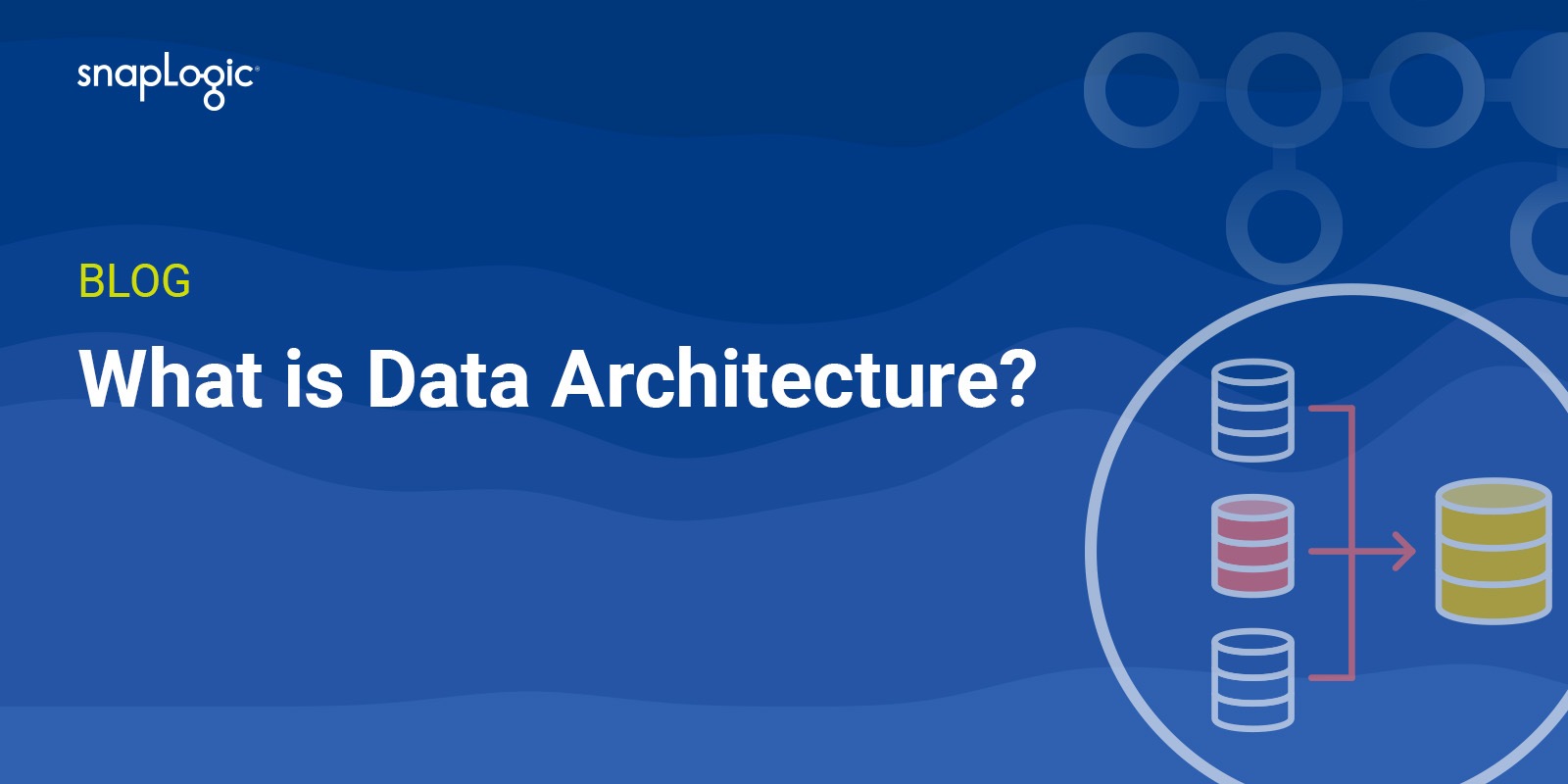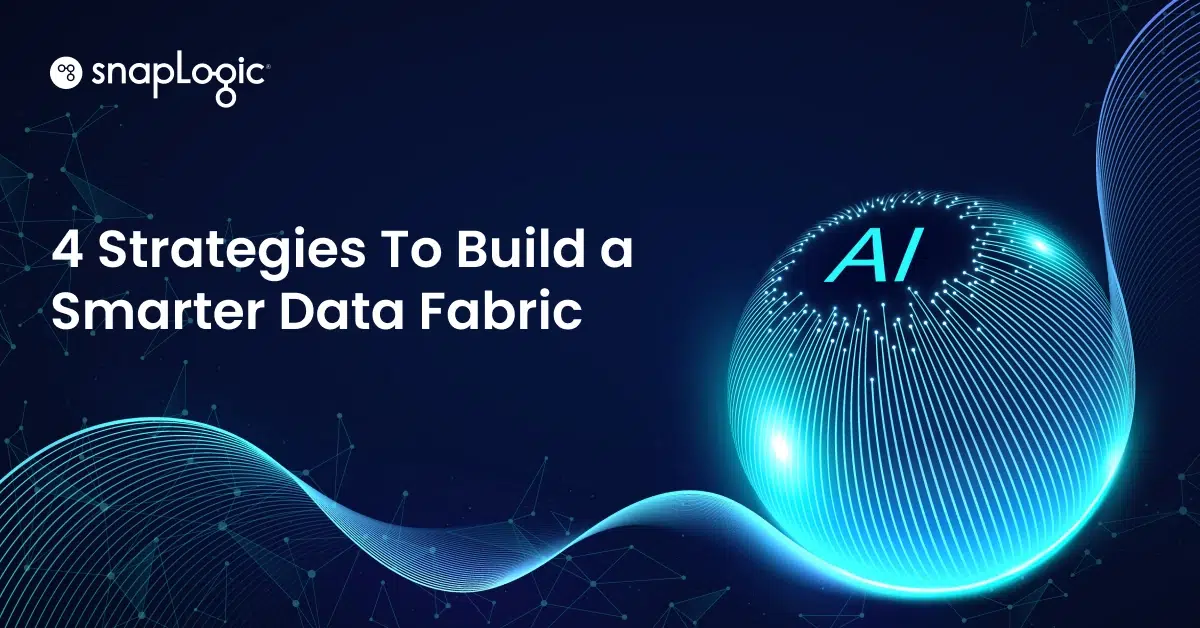Data architecture is a framework for managing data that standardizes how businesses collect, store, transform, distribute, and use data. It brings order out of the chaos of big data and ensures that data flows smoothly across the organization. In simplest terms, it makes data useful and usable, and gives data analysts and leaders real-time business intelligence they can trust to make data-driven decisions. Data architecture forms the foundation for data modeling and information architecture. Today’s data architectures leverage the power of the cloud to deliver the speed, ease of use, scalability, and accessibility modern enterprises require.
Data architecture goals
The primary goal of data architecture is to align business needs into system and data requirements and ensure that data flows in an organized way across the organization. Think of it like the blueprints for a building that show how major systems (roofing, flooring, foundation, walls, HVAC, electrical, plumbing) all intersect and interact. Data architecture creates the data blueprint for the business and gives data scientists, data engineers, data analysts, IT and line of business leaders the map they need to interact with data in an organized way. Data governance oversees data architecture and helps ensure that the blueprint is followed and any changes align with the overall data framework.
Data Strategy vs. Data Architecture
A data strategy asks the question: how can we use data to experience better business results? It is core to developing a solid business strategy and one of the chief components of it. Data strategy asks the big questions: What data do we need to achieve our goals? What will we do with this data? Why does certain data matter to drive outcomes? Ultimately, every question serves to answer how data will support business goals. Data strategy answers the “what” and “why” questions.
Data architecture answers the “how”, “when”, and “where” questions to facilitate the data strategy. Think of data strategy as the decision to build a 3,500 square foot, four bedroom, three bath home with a pool in the backyard so you can entertain on the weekends. It tells you the what and why. Data architecture then tells you how, when, and where to build it— and how all the parts should work together to function properly.
The Changing Role of the Data Architect
Data architects are responsible for designing and building data structures that form data architectures. However, as the cloud has introduced more complexity, it has continued to evolve the data architect role and increased the type and number of these professionals needed to manage complex frameworks. Most enterprises are now hiring for specialized architect roles, all of which serve the purpose of aligning data to business goals.
The Four Types of Data Architect
Today, there are four primary architect roles that specialize in various aspects of data used in enterprises:
- Data architects. These professionals are typically senior level and are responsible for the overall enterprise architecture, often helping to build the data infrastructure from the ground up or adapting it to the cloud. Their responsibilities often include defining how data sets will be collected, stored, and digested; and determining data flow management control, data access and data asset control, data storage strategies, data modeling and data integration. They also have expertise in data governance. Data architects deal with defining data policies, procedures, and typically have deep data warehousing and data programming experience, as well as a solid understanding of how data analytics functions. They focus on ensuring the data architecture aligns with the business model, business processes, and business requirements for success.
- Enterprise information architects. These professionals focus on creating corporate data policies and information strategies that support adoption of the data framework, such as data ownership, audit requirements, and the service-level agreements. They hold expertise in regulations and compliance, like data privacy laws, and help develop processes for data quality, data security, data standards, and data governance.
- Machine learning architects. A newer role, machine learning architects are part of MLOps and deal with artificial intelligence (AI) and ML as it relates to its use across the enterprise and its applications. These professionals deal with machine learning modeling, data ingestion and integration, and automation. It’s their job to help determine strategies for AI models, create scalable environments for data pipelines, collaborate with other teams to help improve ML performance and understand current and future needs for successful ML outcomes. These architects can help scale MLOps quickly and create the models needed to implement AI and ML into the business — often working closely with data platforms and data integration to drive automation initiatives.
- Cloud architects. These professionals serve to support data science by ensuring the cloud infrastructure supports the data architecture. It’s their job to make sure data sources are connected, accessible to applications and teams, ensure systems function well, monitor resource availability like data storage, computing power and oversee IT security and compliance around prevention of data loss, malware, cybersecurity, and compliance — with the goal of making sure nothing hinders data science projects. They have expertise in interoperability and cloud security, breaking down data silos, and optimizing configuration to help optimize cloud services in your organization.
How modern data architecture drives real business results
Traditional data architectures were built based upon on-premises data models that required a ton of time for data processing and data management. Modern data architecture harnesses the power of the cloud to drive easier, faster, more collaborative real-time data analysis for more agile decision-making. Without heavy infrastructure to manage, today’s data architecture focuses on making data as useful and usable to the organization as possible, ultimately helping to drive better customer experiences. Having a modern data architecture in place is essential for today’s enterprise, and hiring the right data specialist is also needed to design and manage it.
A key component of data architectures is data integration — the ability to connect various data types from different sources and create data pipelines that automate workflows and business processes. A data integration platform, like the SnapLogic Intelligent iPaaS, helps data architects make these integrations easy, democratized, and fast to accelerate enterprise automation.









